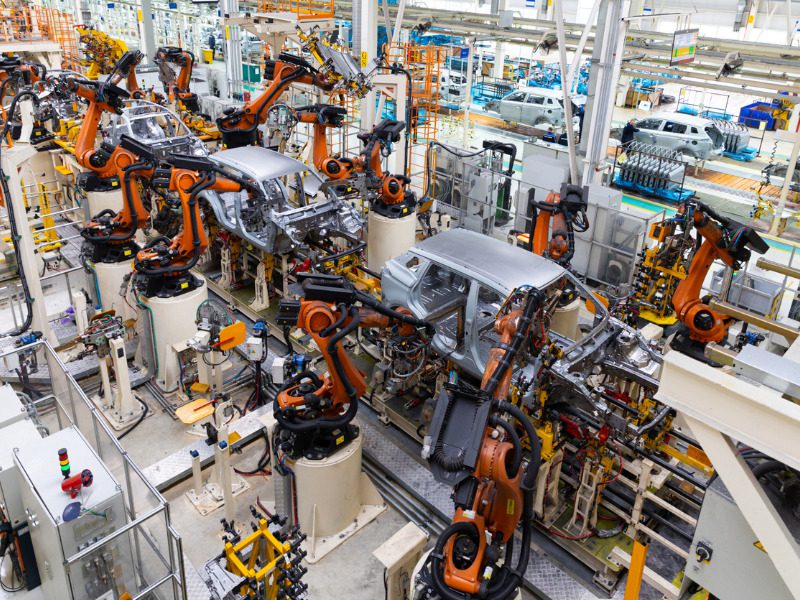Auto parts producers see supply chains improving but shutdowns still weigh

Canadian auto parts makers say the supply picture is improving and helping boost their bottom line, but disruptions continue to weigh on operations and profits.
Magna International Inc. said Friday the picture has improved significantly from last year as global third-quarter auto production rose 24 per cent.
The rebound helped the company’s sales rise 17 per cent in its latest quarter but the start and stop of operations is still weighing on margins and output, Magna said.
“The volatility has not improved as much as we had thought it would in the second half of this year,” said Swamy Kotagiri, chief executive of Magna, on an earnings call.
Manufacturers like Magna have had to increase buffers of stocks and parts to make sure they can provide finished parts like seats and doors to major automakers, but the car companies still often don’t pick them up in time because of disruptions of their own.
“The issue has been the releases don’t materialize when you come to it. The parts are not picked up or something changes and so on and so forth,” Kotagiri said.
Unpredictable schedules have been felt across the supplier industry, with Martinrea International Inc. noting earlier this week that it continues to get hit with starts and stops, though the situation is improving.
“There’s still a lot of disruption,” chief executive Pat D’Eramo said on a Tuesday earnings call.
“They don’t tend to be a week at a time anymore, but it will be a day here, a day there, a couple of days, and it’s very disruptive to the workforce because you can’t adjust or flex your workforce for two or three days.”
While downtimes have been reduced, the shorter windows create inefficiencies and raise costs, while the tight labour pool limits options, D’Eramo said.
“You’re holding on to the people and you’re paying for them, and they’re not doing any work. No fault of theirs, there’s just nothing to do, but you can’t let them go because they won’t come back.”
And while semiconductor chips remain the main supply constraint, there are all sorts of shortages that can lead to problems. D’Eramo noted that just Tuesday they had an unexpected shutdown for a week. The culprit? Stereo shortages.
The supply chain picture, while improving, led Magna to slightly revise down its outlook for this year as it sees 200,000 fewer vehicles being produced in North America and 400,000 in Europe – but 1.1 million more than previously expected being produced in China.
Overall, the changes led the company to trim the top end of its sales outlook from US$39.2 billion to $38.4 billion.
For this past third quarter, Magna said it earned US$289 million, up from US$11 million in the same quarter last year. Sales increased to US$9.27 billion compared with US$7.92 billion in 2021.
Inflation costs also keep eating away at profits, especially in Europe where Magna and Martinrea have significant operations.
Kotagiri said he’s encouraged by actions Germany has taken to stock up on gas supplies for the winter but that the company is working to stay nimble.
“It’s no different than any supply shortage. It only takes one component in the entire supply chain to stop vehicle production … other than remaining agile to address that as it comes along, there is not a whole lot that we can do from our side other than production planning to the extent possible.”
Feature image by iStock.com/Traimak_Ivan



